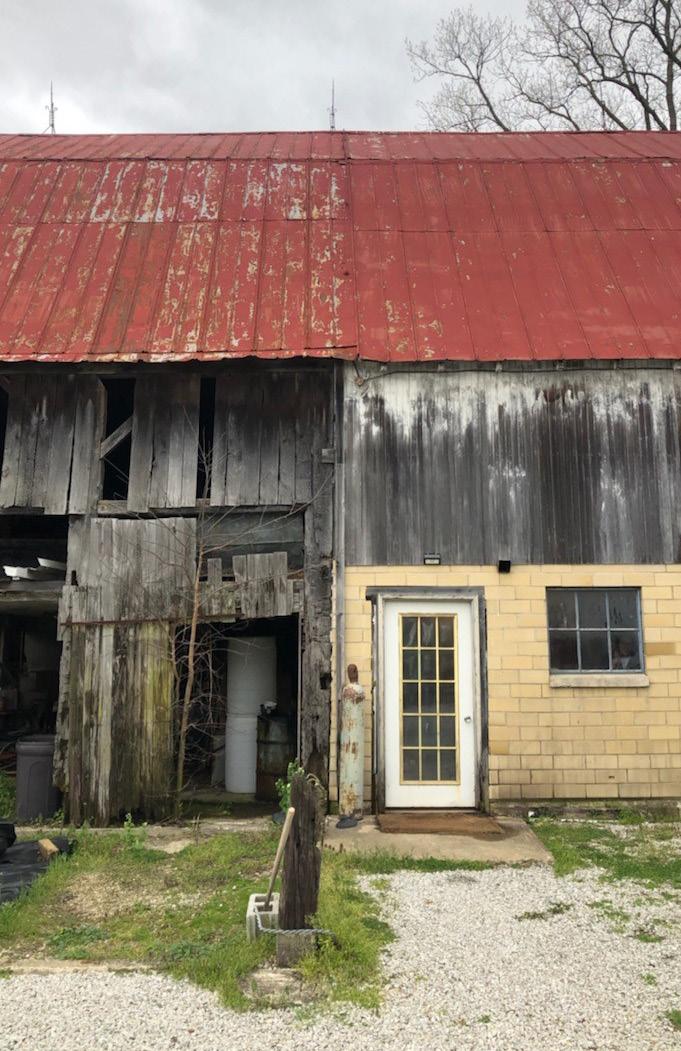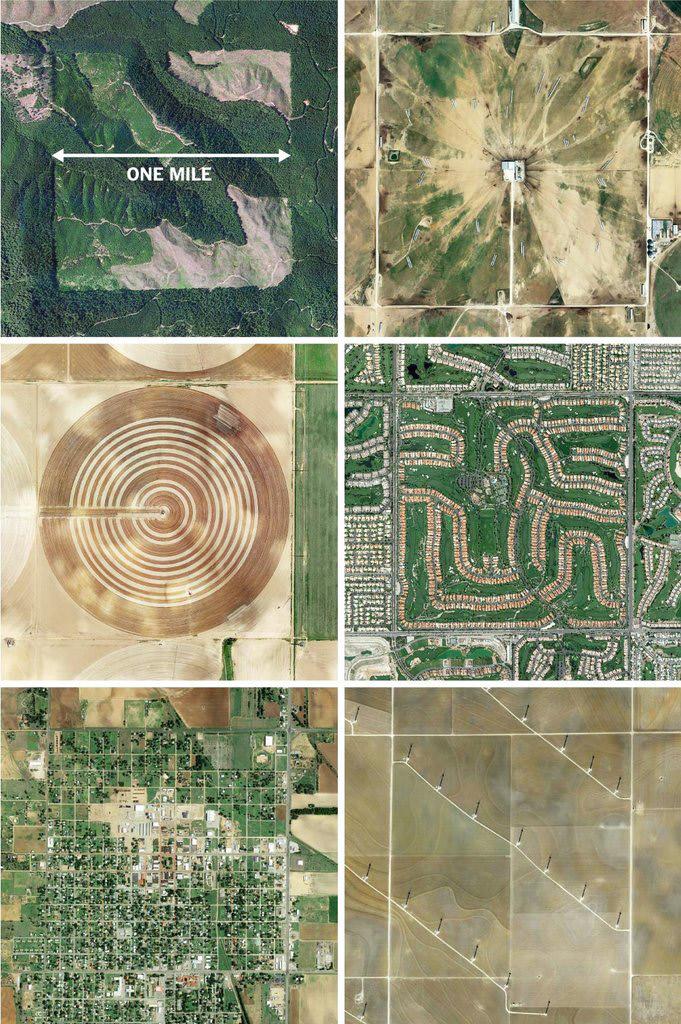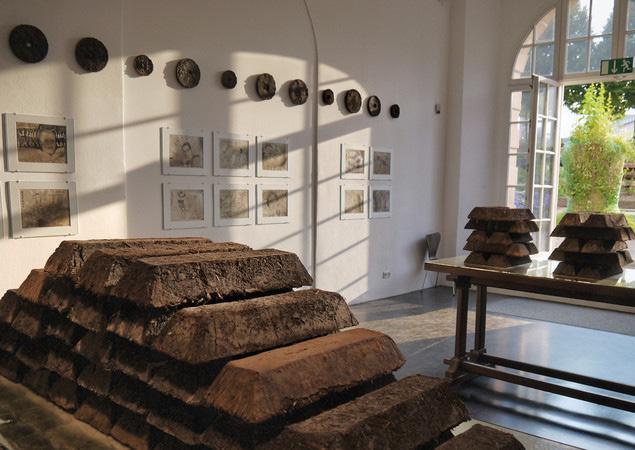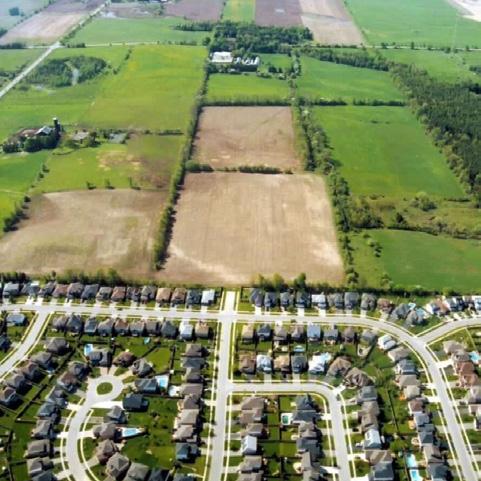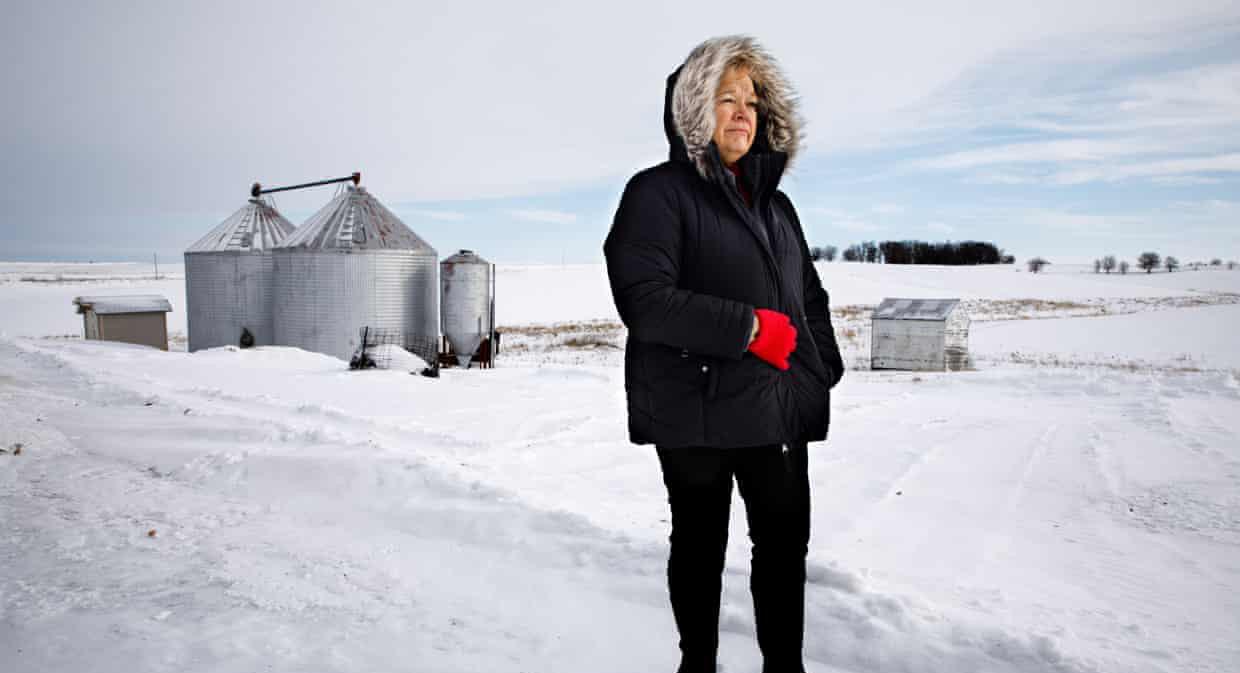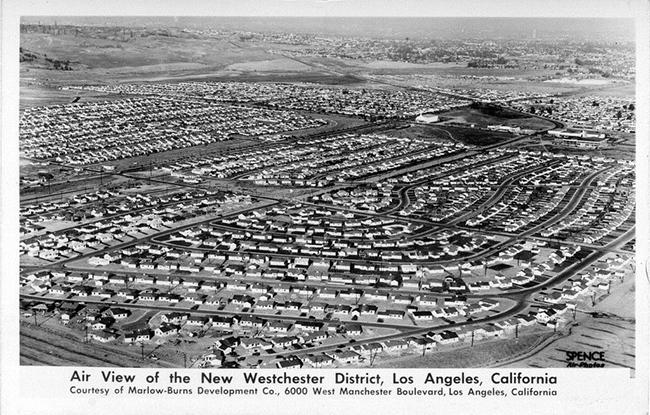
4 minute read
1.1 - Aggressively Average
from Residual Farmland
by clareknecht
“Modest, self-sufficient, friendly, Protestant, white, normal, average, and boring”: just a few words of description deposited by popular imagination amongst Midwest American’s neighbors. Midwesterners are proudly ordinary people, who speak dialect-free American English, demonstrate the workings of a democratic culture that embody what many people consider the fulfillment of the American Dream.
In the same breadth, it is seen as “flyover country”, a place where God smites us through painted billboards, and the amber waves of grain are replaced with browntipped miles of corn. Where do confederate-flag-painted barns find solace amongst the “American Dream”? Maybe those figures are the anomalies - that which stick out and distract from the average-smothered back drop of middle-America life. The significance of these states lies in-between those miles of corn, past each post-industrialized city, along interstates that turn off into country-song-worthy back roads. [Image 1] Travis Yoesting’s photogrpah depicting highway-side propaganda in Ohio.
Advertisement
The interstitial spaces of a place are that which hold it together - what do America’s look like?
The following documentation of the Midwest throughout this chapter is piecemeal taken from “The American Midwest: An Interpretive Encyclopedia” with author additions.
Most Americans have an ambiguous sense of regional identity. If asked to explain who they are, few would think first of regionalism – an expression of imagined identity with people who inhabit a perceived common landscape. Ethnicity, race, gender, religion, and state, among other things, would probably matter more. Yet the Midwest and the Heartland are common and frequent referents in political commentary and in the public imagination as a distinct, if unclear bounded, geographic entity that harbors distinctive ways of life. The Midwest has always been in the middle, and not just geographically. It is, and was, a place of both industry and agriculture, large and small cities and even smaller towns, massive corporations, and powerful labor unions, artistic creativity and cultural repression. Politically, it has two centuries been a place of close elections, iconoclastic leaders, and egalitarian movements. It is complicated and unpredictable region whose familiar landscapes consists of gleaming silos and white houses amid endless green fields of corn linking by meandering streams and asphalts highways to rectangular towns dominated by stores, banks, and offices along Main Streets surrounded by frame homes with wide porches decorated with hanging pots full of geraniums and suffused with the aroma of fresh-baked bread. Railroads and expressways join towns to the vertical skylines, cavernous business districts, and sprawling factories and suburban office buildings of St. Louis, Milwaukee, Kansas City, Cincinnati, Columbus, Omaha, Wichita, Minneapolis, Detroit, and Chicago.
Whatever the Midwest lacks in flamboyance or precision, it gains in significance. The conquest, settlement, and development is one of the most important events in the past quarter millennium of human history. In the nineteenth century, millions of people entered this interior region, forcibly displaced thousands of American Indians, and established a society that dominated North America and much of the globe throughout the twentieth century. This breathtaking transformation amounts to one of the most all-encompassing and significant revolutions. No other place besides the American Midwest better reflects the combined impact of the democratic revolutions of the eighteenth century and the transportation, communication, and industrial revolutions of the nineteenth century. Perhaps we tend to slight the significance of the Midwest because
...its history is largely a narrative of the accumulation of ordinary events into large-scale change rather than a story of dramatic turning points.
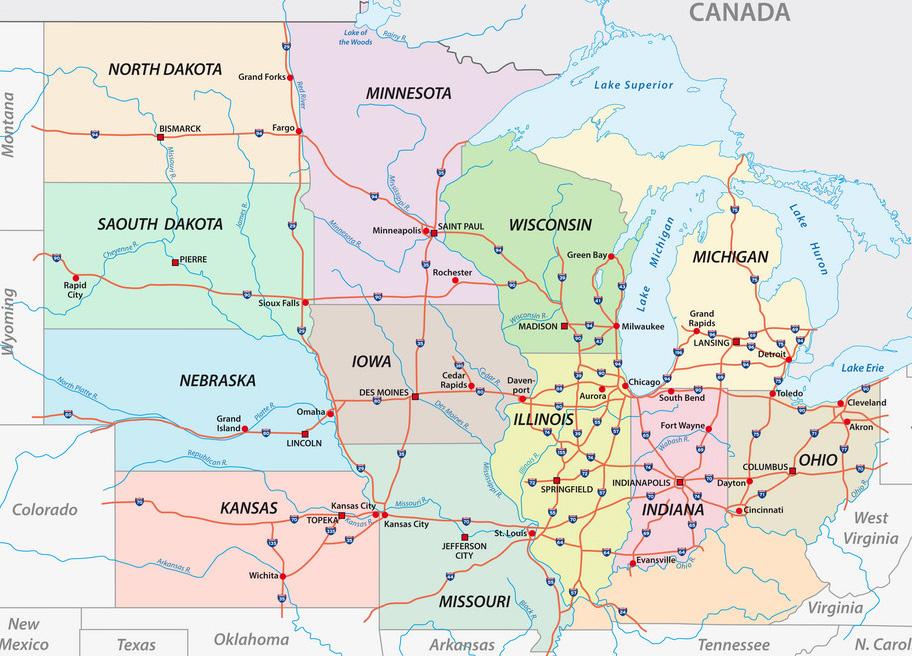
[Image 2] Vector Stock Image ID: 25489856, Map delineating the Midwest
The Midwest means different things to different people. Its shape and contours shift dramatically, depending on where you are standing. From Ohio, the Missouri river looks like a distant boundary in a different kind of place. Form Michigan, Minnesota, and Wisconsin – part farm country and part forested lake terrain, imbued with the ideas and symbols of northern latitudes and defined in part by the Canadian boundary – the Ohio River that marks the southern edge of the Old Northwest looks more like the norther border of the South. It is categorized by the United States Census as the 12 states shown in Image 2: Illinois, Indiana, Iowa, Kansas, Michigan, Minnesota, Missouri, Nebraska, North and South Dakota, Ohio, and Wisconsin.
The Midwest is the average of America.
POPULATION
Northeast: Midwest: West: South: 64,178,669 68,179,351 77,257,329 123,542,189
A R E A (SQ. MI.)
Northeast: Midwest: South: West: 173,628 750,522 1,124,796 1,751,053
D E N S I T Y (PER SQ. MI.)
West: South: Midwest: Northeast:
42 150 200 370
[Image 3] Self Created, Data from Wikipedia.
Truly the middle - even statistically, the Midwest does not push limits, or exceed its own. It’s history proves a slow rolling salute to progress without calling attention to itself and is a reflection of America.


